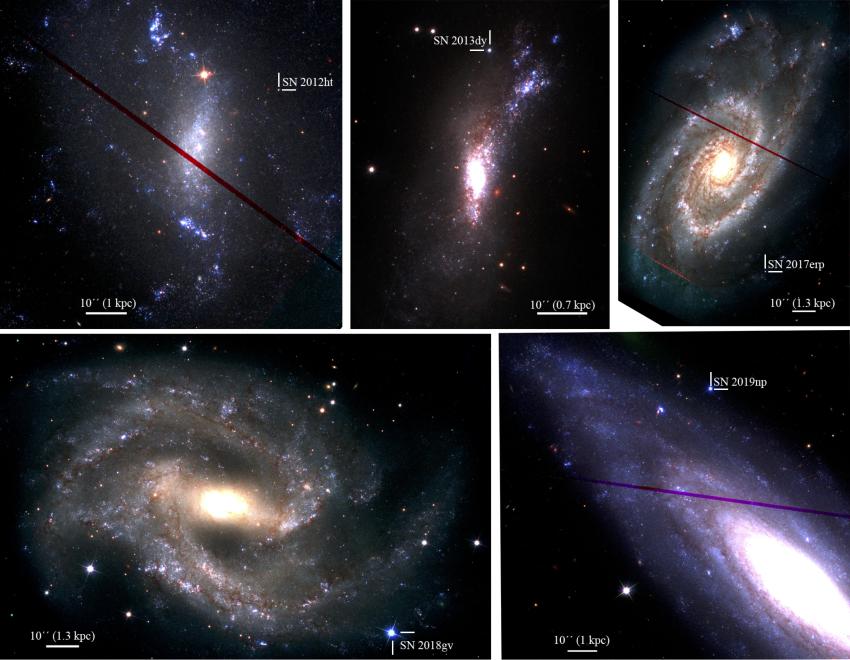Book a Fellows November In Person or Online SDM ticket
Book a Non Fellows November In Person or Online SDM ticket
Type Ia supernovae (SNe Ia) play a key role in many areas of astrophysics. The ability to standardise their light curves for use as cosmological distance indicators was fundamental to both the determination of the expansion rate (Gruber Prize in 2009) and acceleration (Nobel Prize in 2011) of the Universe. As the dominant production source for iron-peak elements, and producers of a significant fraction of lighter “alpha-elements”, SNe Ia are critical for the chemical evolution of galaxies. In addition, they are crucial laboratories through which we can understand thermonuclear explosion physics. In spite of this, SNe Ia are still an enigma. The nature of the donor star, stellar evolution pathway(s), and manner of explosion leading to SNe Ia remain unknown. This is further complicated by the increasingly large sample of peculiar SNe Ia being discovered.
Several observables can be used to characterise the nature of SNe Ia. Very early time observations probe the outermost regions of the SN ejecta, constraining the explosion physics through unique chemical signatures or the progenitor through signs of interaction with the companion star (or lack thereof). Likewise, at very late times, observations probe the deepest regions of the ejecta, where the explosion first began. Specific chemical abundances in our galaxy, such as manganese, are extremely sensitive to the progenitor star and explosion mechanism. Remnants of historical SNe Ia also provide insight into the explosion physics through their complex structure that has evolved over hundreds of years. These examples show that the study of SNe Ia is a rich and varied field, with investigation tools ranging from numerical modelling, astronomical observations and laboratory experiments, to the derivation of material compositions and nuclear reaction rates.
The aim of this Specialist Discussion meeting is to bring together researchers from all areas of astrophysics centred around or impacted by SNe Ia to promote interaction, networking, and to discuss strategies to progress our knowledge of these crucial astrophysical events. This meeting will be the third in a successful series centred around the topic of “Progress in astrophysics with Type Ia supernovae”.
Organisers:
Dr Mark Magee (Warwick)
Dr Umberto Battino (Keele, FRAS)
Prof. Alex Murphy (Edinburgh, FRAS)


